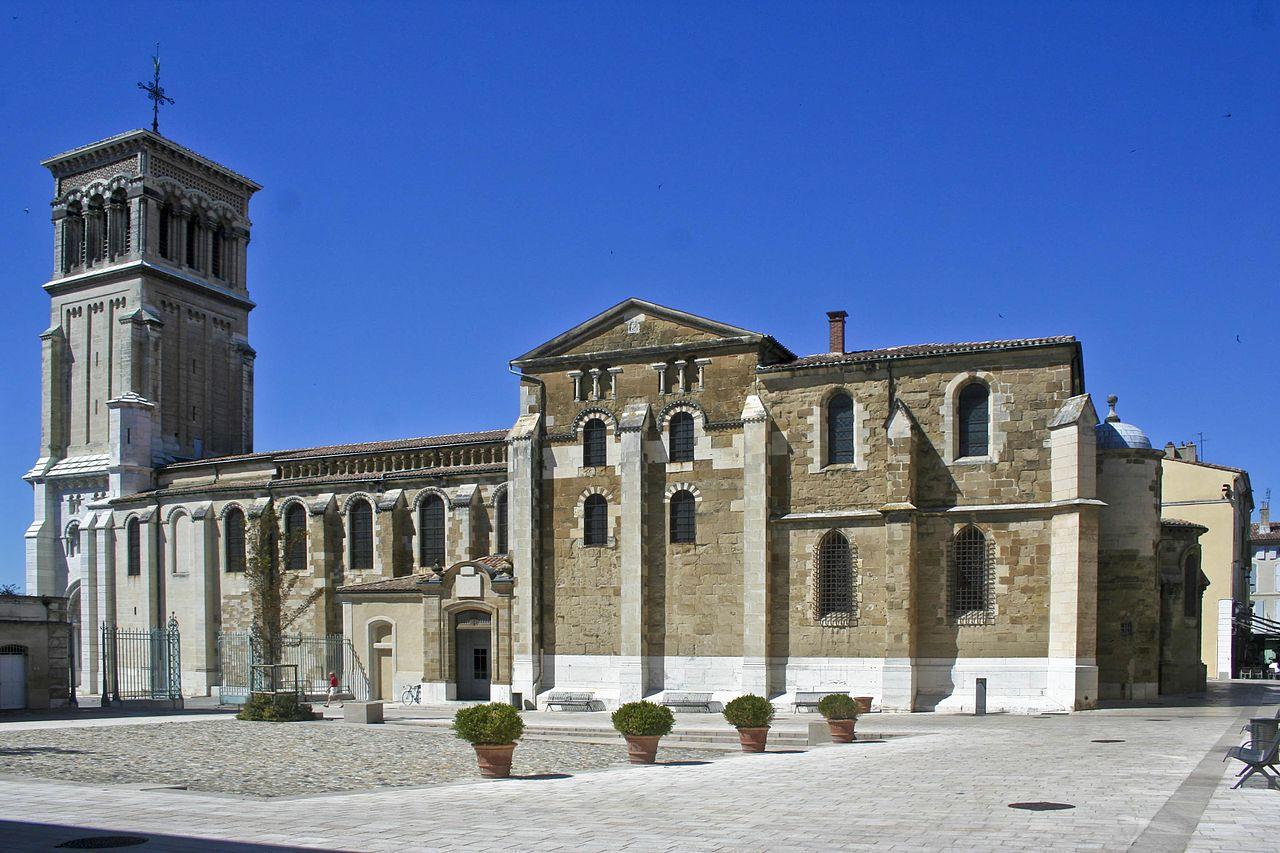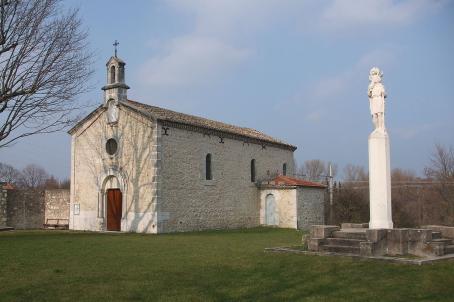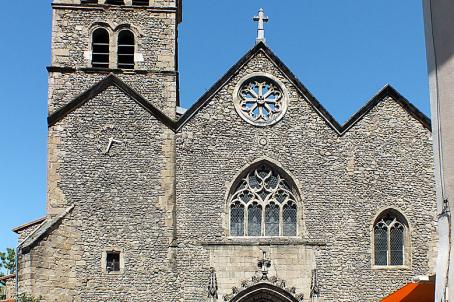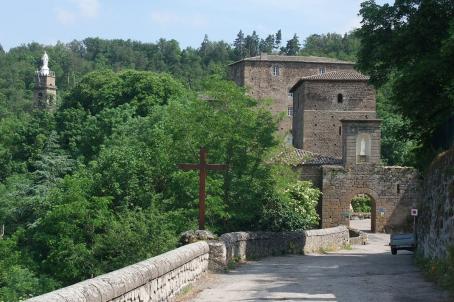Valence Cathedral

The oldest monument in Valencia, it was consecrated on 5 August 1095 by Pope Urban II. Destroyed during the Wars of Religion, it was rebuilt in the 17th century and its bell tower, which threatened after being struck by lightning, was replaced in the 19th century. The architecture of this cathedral makes it similar to other monuments in Auvergne and Velay, especially the polychrome stone decorations. It has an ambulatory allowing the passage of pilgrims and confirming its role as a stopover church on the road to Santiago de Compostela. The monument to Pope Pius VI, who died in Valencia in 1799, a prisoner of the Directory, has been placed in the heart. It has been classified as a historical monument since 1862
About this building
The whole building, although almost completely rebuilt in the 17th century, retains all the characteristics of the first Romanesque cathedral. The long, high nave, divided into seven bays, is barrel vaulted on double arches resting on half-columns backed by square pillars. At the western end a gallery supports the organ, which opens onto the nave through a large semicircular arch with a key decorated with a coat of arms. On each side of the nave there are cross-barrel vaulted side aisles that communicate with the nave by means of round arches. There are no chapels on the side aisles. The nave is rather dark, the lighting coming only from the round bays of the side aisles.





